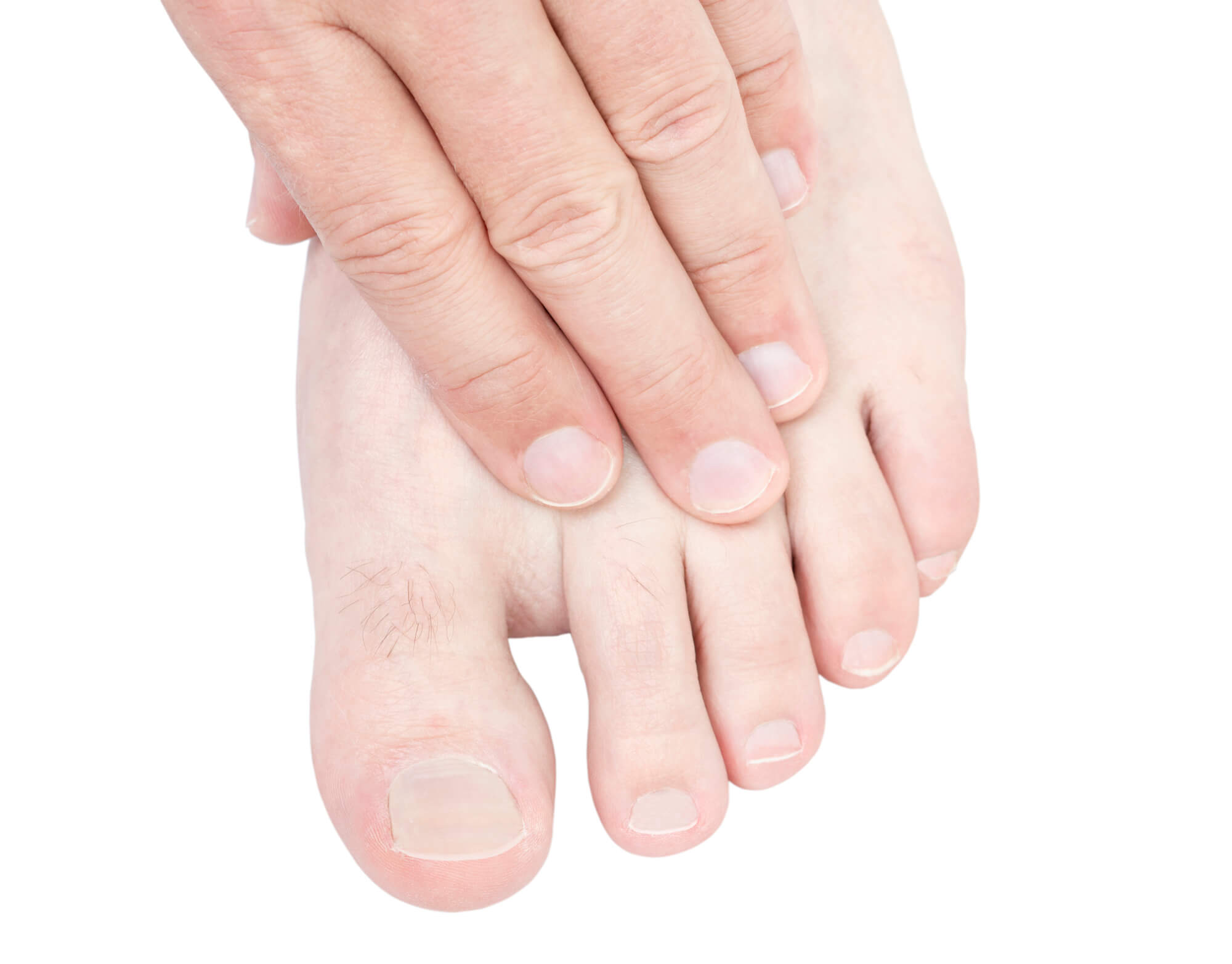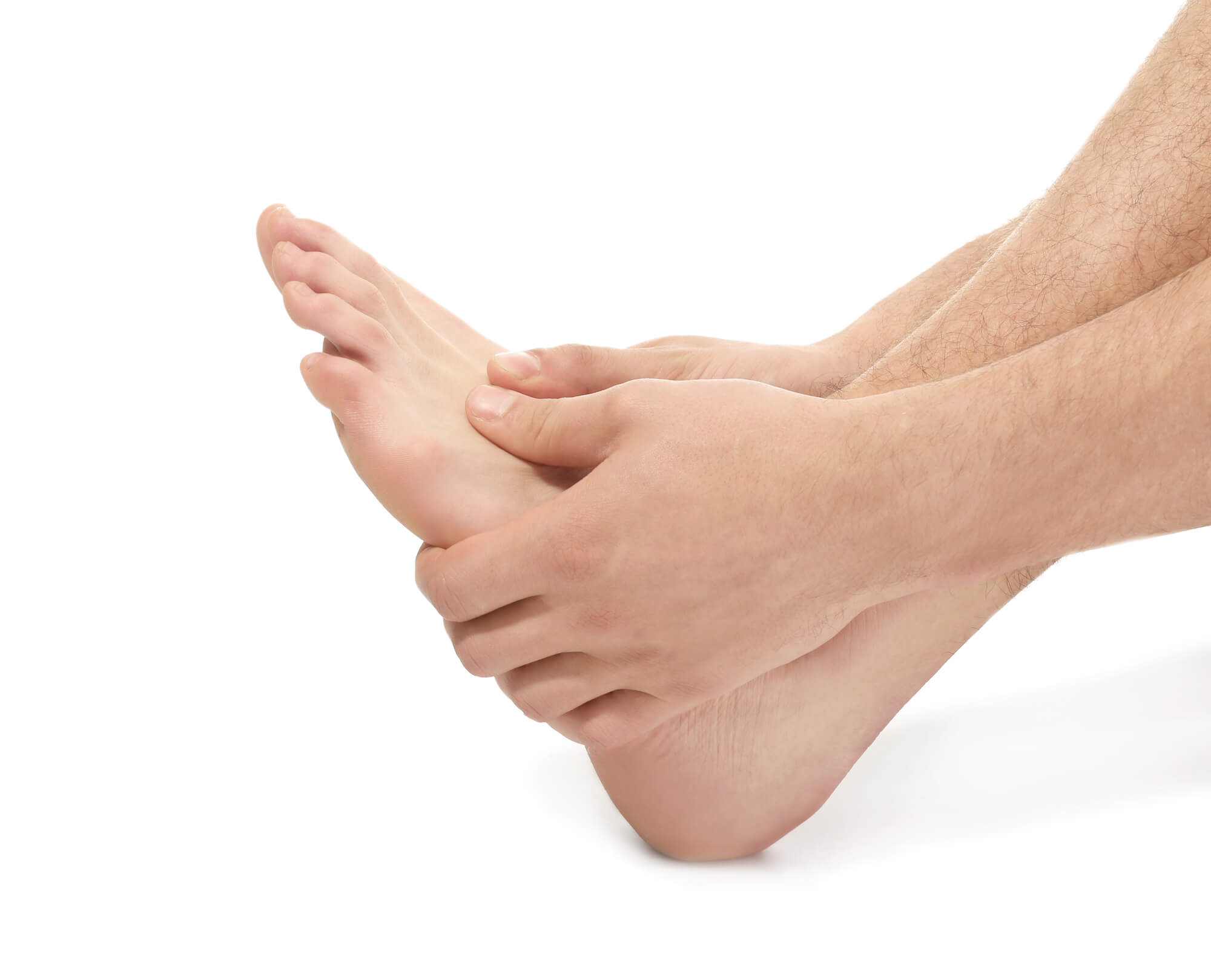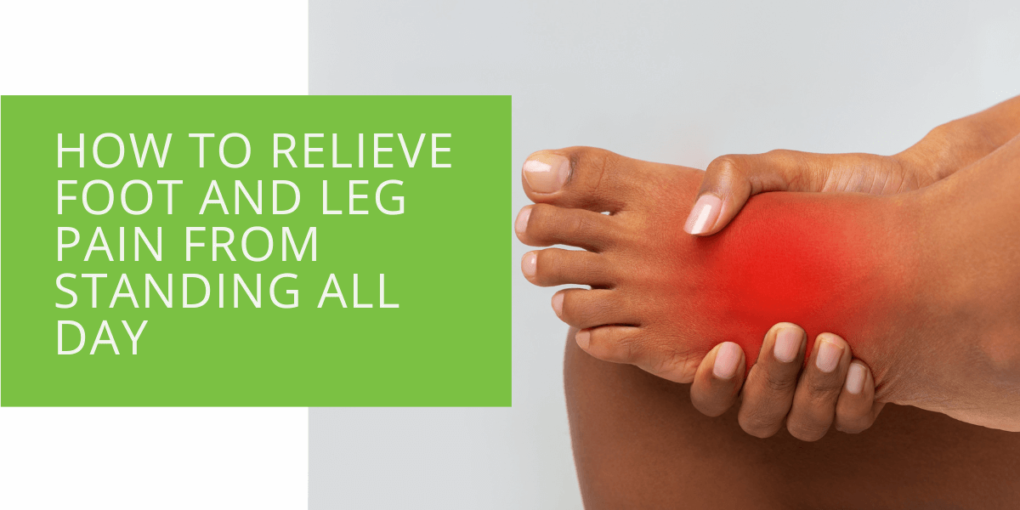How to Relieve Foot and Leg Pain from Standing All Day
Standing all day can lead to foot and leg pain, causing discomfort and affecting overall well-being. In this comprehensive guide, we will explore effective strategies to relieve pain and promote better foot and leg health for those who stand for long periods. From proper footwear to stretching exercises and the benefits of compression socks, we will cover all the essential tips to help you find relief.
Understanding the Causes of Foot and Leg Pain
When you stand all day, the continuous pressure on your feet can lead to various discomforts and conditions. Extended periods of standing can result in muscle fatigue, strain, and poor blood circulation, causing leg pain and swelling. Wearing improper footwear further exacerbates the problem, leading to additional foot and leg issues.
Choosing the Right Footwear
Finding the right footwear is crucial to relieving foot and leg pain from standing all day. Look for shoes that provide proper arch support, cushioning, and shock absorption. These features help distribute your body weight evenly and reduce strain on your feet and legs. Opt for shoes with sufficient toe room and width to prevent cramped toes and blisters. Investing in high-quality, supportive footwear that caters to your specific needs can make a significant difference in your comfort levels throughout the day.
Stretching and Strengthening Exercises
Incorporating stretching and strengthening exercises into your daily routine is vital to alleviate foot and leg pain caused by standing all day. These exercises help improve flexibility, relieve muscle tension, and enhance blood circulation. Consider the following exercises:
- Calf Stretches: Stand facing a wall, place your hands on it, and extend one leg behind you while keeping the heel on the ground. Lean forward until you feel a stretch in your calf. Hold for 30 seconds and repeat on the other leg.
- Toe Stretches: Sit on a chair and cross one leg over the other. Using your hand, gently pull back on each toe, stretching them backward. Hold for a few seconds and repeat with the other foot.
- Ankle Rotations: Sit on a chair and lift one leg off the ground. Rotate your ankle clockwise for 10 seconds, then counterclockwise for 10 seconds. Repeat on the other leg.
- Heel Raises: Stand with your feet shoulder-width apart, then rise onto your toes, lifting your heels as high as possible. Hold for a few seconds and slowly lower your heels back down. Repeat for 10-15 repetitions.
By incorporating these exercises into your routine, you can strengthen your leg muscles, improve flexibility, and reduce pain caused by standing for long periods.

Using Orthotics for Support
Orthotic inserts provide additional support and cushioning, helping to alleviate foot and leg pain from standing all day. Different types of orthotics are available, including arch supports, cushioning inserts, and custom-made orthotics. Arch supports are particularly beneficial for individuals with fallen arches or flat feet, as they help maintain proper foot alignment. Cushioning inserts absorb shock and reduce pressure on specific areas. Custom-made orthotics prescribed by a podiatrist are designed to address specific foot conditions and provide personalized support. Consult a podiatrist to determine the best orthotic option for your needs.
Proper Standing Techniques
Practicing proper standing techniques is essential to reduce foot and leg pain caused by standing all day. Follow these tips to maintain good posture and minimize strain:
- Distribute your weight evenly on both feet, avoiding excessive pressure on one side.
- Keep your knees slightly bent to prevent locking them, which can strain your leg muscles.
- Utilize footrests or anti-fatigue mats whenever possible to provide additional support and relieve pressure on your feet.
- Stand tall with your shoulders back and your head aligned with your spine. Avoid slouching or leaning forward, as this can put additional stress on your feet and legs.
- Take short breaks throughout the day to rest and stretch your legs. During these breaks, perform gentle ankle rotations, calf raises, and toe stretches to promote circulation and relieve muscle tension.
By practicing proper standing techniques, you can reduce the strain on your feet and legs and minimize the risk of pain and discomfort.
Compression Socks for Improved Circulation
Compression socks are an excellent tool for relieving foot and leg pain associated with standing all day. These specially designed socks apply gentle pressure to your lower legs, promoting better blood flow and reducing swelling. Compression socks work by exerting graduated pressure, with the highest pressure at the ankle and gradually decreasing towards the calf. This compression helps improve the efficiency of blood circulation, preventing blood from pooling in the lower legs and feet.
By enhancing blood flow, compression socks can help alleviate aches, reduce fatigue, and prevent conditions such as varicose veins and edema. They provide support to the muscles and tissues, reducing inflammation and promoting faster recovery.
When choosing compression socks, choose ones that offer the appropriate compression level for your needs. Mild to moderate compression is generally recommended for individuals who stand for long periods. Compression socks are available in various sizes and styles, including knee-high, thigh-high, and full-length options. Choose socks made of breathable and moisture-wicking materials to ensure comfort even during extended wear.
To ensure the optimal effectiveness of compression socks, ensure they fit properly. Follow the sizing guidelines provided by the manufacturer and select the correct size based on your measurements. It's important to wear compression socks correctly, ensuring they are snug but not overly tight. Consult a healthcare professional or a knowledgeable fitter if you need assistance in finding the right compression socks for you.

Other Pain Relief Strategies
In addition to the techniques mentioned above, several other strategies can help alleviate foot and leg pain from standing all day:
- Hot and Cold Therapy: Applying heat or cold to your feet and legs can help reduce inflammation and soothe pain. Use a warm towel, heating pad, or a cold pack, depending on your preference and the specific condition you are experiencing.
- Massage and Self-Massage Techniques: Regular foot and leg massages can help alleviate muscle tension and improve circulation. Consider using a massage ball or foam roller, or seeking professional massage therapy to target specific areas of discomfort.
- Elevation and Rest Periods: Elevating your feet at the end of the day or during breaks can help reduce swelling and improve blood flow. Regular rest periods to sit down and elevate your feet can relieve and prevent excessive strain.
- Over-the-Counter Pain Relievers: Nonsteroidal anti-inflammatory drugs (NSAIDs), such as ibuprofen, can be used occasionally to alleviate pain and reduce inflammation. However, it's important to use them as directed and consult a healthcare professional if you require frequent or prolonged use.
Remember, while these strategies can help relieve foot and leg pain from standing all day, it's important to listen to your body and seek professional advice if the pain persists or worsens. A podiatrist or healthcare professional can provide a comprehensive evaluation, diagnose underlying conditions, and offer personalized treatment options.
Conclusion
Standing all day can take a toll on your feet and legs, leading to discomfort and pain. However, by implementing the strategies outlined in this article, such as choosing the right footwear, performing stretching exercises, using orthotics, practicing proper standing techniques, and considering compression socks, you can effectively relieve foot and leg pain associated with standing for long periods.
Remember to prioritize your foot and leg and leg health by incorporating these tips into your daily routine. By addressing the causes of foot and leg pain, taking proactive measures, and seeking appropriate relief strategies, you can alleviate discomfort and promote better overall well-being.

